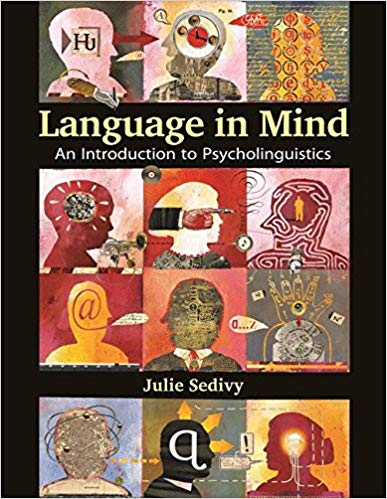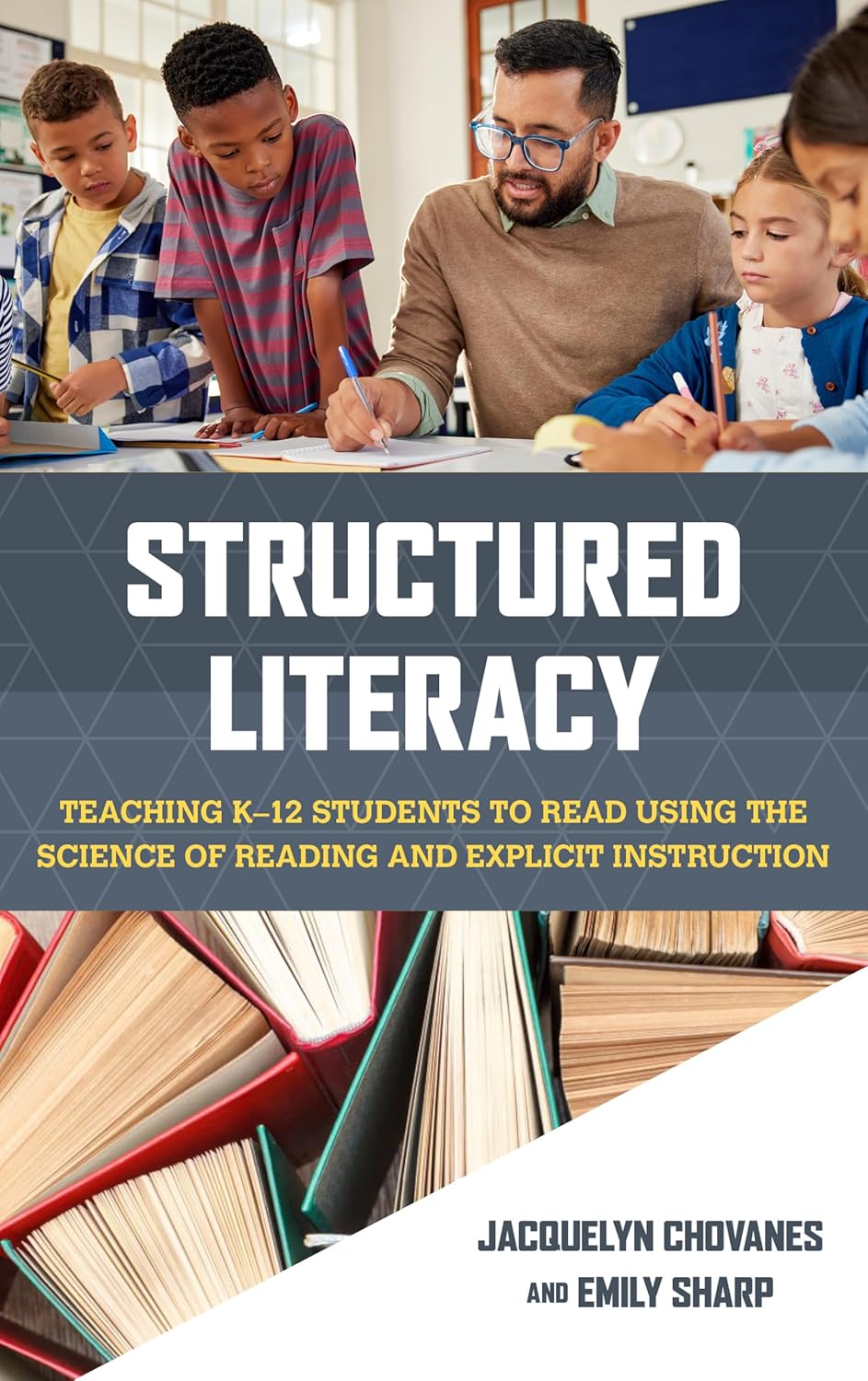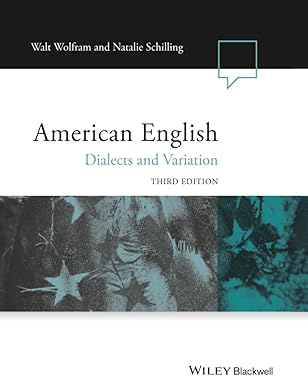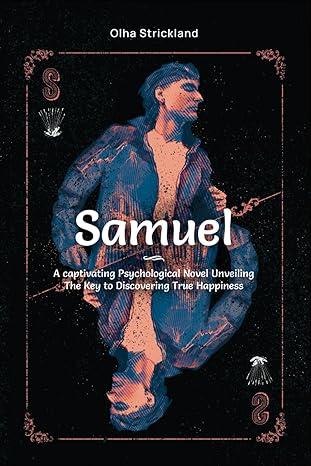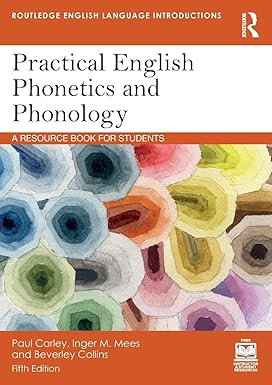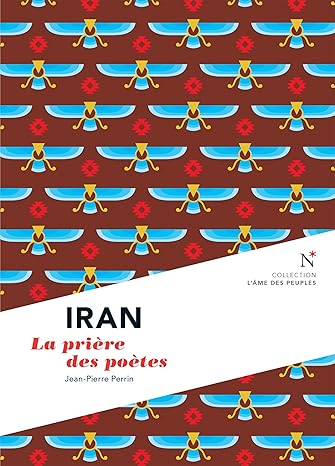The field of psycholinguistics has grown considerably over the past decades, and is of relevance to various disciplines. Courses in psycholinguistics/psychology of language range from large, lower-level courses to specialized seminar-style courses, taught within Psychology departments, Linguistics departments, and other departments or programs that deal with aspects of language and communication. This new book provides a broad, introductory survey to psycholinguistics that will remain relevant to students whether or not they continue on in the field. Language in Mind addresses important questions and approaches, reflecting a variety of theoretical orientations and viewpoints and provoking a sense of curiosity about language and the structures in the mind and brain that give rise to it. Intriguing stories--presented in an accessible, energetic writing style--set the stage with a question; students then work through a series of theoretical refinements and counterarguments, guided through these unfolding stories with the help of suggested classroom demonstrations and activities. The result is a creative, pleasurable, and deep level of engagement by the student. Throughout, the author communicates the dynamic and evolving nature of the field, synthesizing the key ideas underpinning psycholinguistics research. This approach, in conjunction with the presentation of actual sample stimuli and results, prepares students to be more successful consumers of primary source material.
KEY FEATURES
*Well-crafted prose presents the material in a plot-driven way that makes students (and instructors) want to read the text.
*A range of simple to in-depth "fieldwork" and in-class Web Activities and Projects encourages students to work with data, to notice patterns and generalizations, and to generate hypotheses. Brief summaries in the text are supported by materials on the book's Companion Website.
*Special boxes (1) provide sample stimuli and key data, to assist students in reconstructing the logic of complex experiments and (2) address specific methods implemented by researchers.
*"Language at Large" text modules relate key concepts to fascinating examples pertinent to the world outside of academia--e.g., advertising, popular culture, the law. These modules are intended to reinforce newly-learned concepts and to stimulate thinking about how abstract ideas can be applied to concrete questions. Additional, updated examples, some drawn from the author's various blogs, will reside on the Companion Website.
*End-of-chapter "Digging Deeper" modules present topics of outstanding debate in the literature and point to additional readings. Students are encouraged to consider what kind of data or experimental design might help advance the debate. The modular structure of these sections gives instructors the flexibility to assign them or not, without sacrificing students' grasp of material in subsequent chapters.
*Full-color illustrations support the concepts presented in the text, and create a visually compelling layout.
RESOURCES
For the Student
Companion Website
The Companion Website for Language in Mind includes: all the Web Activities and Projects from the textbook, including supporting materials; additional "Language at Large" modules, updated frequently; Web links; Web essays; and annotated bibliographies.
For the Instructor
Test Bank
A Test Bank is now available for Language in Mind. The Test Bank includes a wide range of questions for Chapters 2-12 of the textbook. Each chapter includes both multiple-choice and short-answer questions, at a range of Bloom's Taxonomy levels. All questions are referenced to specific textbook headings. The Test Bank is provided both in Microsoft Word format and in Blackboard Diploma format (software included).
Instructor's Resource Library This resource includes all figures (line-art illustrations and photographs) and tables from the textbook, provided as both high- and low-resolution JPEGS. All have been formatted and optimized for excellent projection quality. Also included are ready-to-use PowerPoint presentations of all figures and tables.
چکیده فارسی
رشته روانزبانشناسی در دهههای گذشته رشد قابلتوجهی داشته است و برای رشتههای مختلف مرتبط است. دورههای روانزبانشناسی/روانشناسی زبان از دورههای بزرگ و سطح پایینتر تا دورههای تخصصی به سبک سمینار، که در بخشهای روانشناسی، بخشهای زبانشناسی، و سایر بخشها یا برنامههایی که با جنبههای زبان و ارتباطات سروکار دارند، تدریس میشوند. این کتاب جدید یک بررسی مقدماتی گسترده و مقدماتی در زمینه روانشناسی زبان ارائه میکند که برای دانشآموزان مرتبط باقی میماند، خواه در این زمینه ادامه دهند یا نه. زبان در ذهن به پرسشها و رویکردهای مهم میپردازد، منعکسکننده انواع جهتگیریها و دیدگاههای نظری و برانگیختن حس کنجکاوی در مورد زبان و ساختارهای ذهن و مغز که باعث ایجاد آن میشود. داستان های جذاب - ارائه شده در سبک نوشتاری در دسترس و پرانرژی - صحنه را با یک سوال آماده می کند. سپس دانشآموزان از طریق یک سری اصلاحات نظری و استدلالهای متقابل کار میکنند و با کمک نمایشها و فعالیتهای پیشنهادی کلاس درس، از طریق این داستانهای آشکار شده هدایت میشوند. نتیجه یک سطح خلاقانه، لذت بخش و عمیق از مشارکت دانش آموز است. در سرتاسر، نویسنده ماهیت پویا و در حال تحول این رشته را با هم ترکیب میکند و ایدههای کلیدی زیربنای تحقیقات روانزبانی را ترکیب میکند. این رویکرد، همراه با ارائه محرکها و نتایج نمونه واقعی، دانشآموزان را آماده میکند تا مصرفکنندگان موفقتری از منابع اولیه باشند.
ویژگی های کلیدی
*نثر خوش ساخت مطالب را به روشی طرح محور ارائه می کند که باعث می شود دانش آموزان (و مربیان) تمایل به خواندن متن داشته باشند.
* طیف وسیعی از فعالیتها و پروژههای وب ساده تا عمیق و درون کلاسی دانشآموزان را تشویق میکند تا با دادهها کار کنند، به الگوها و تعمیمها توجه کنند، و فرضیهسازی کنند. خلاصه های مختصر در متن توسط مطالب موجود در وب سایت همراه کتاب پشتیبانی می شود.
*جعبههای ویژه (1) محرکهای نمونه و دادههای کلیدی را برای کمک به دانشآموزان در بازسازی منطق آزمایشهای پیچیده و (2) پرداختن به روشهای خاص اجرا شده توسط محققان ارائه میکند.
*ماژولهای متنی "زبان در بزرگ" مفاهیم کلیدی را به نمونههای جذاب مربوط به دنیای خارج از دانشگاه مرتبط میکند - مانند تبلیغات، فرهنگ عامه، قانون. این ماژول ها برای تقویت مفاهیم تازه آموخته شده و تحریک تفکر در مورد اینکه چگونه ایده های انتزاعی را می توان در سؤالات عینی به کار برد، در نظر گرفته شده است. نمونههای بهروزشده اضافی، برخی از وبلاگهای مختلف نویسنده، در وبسایت Companion قرار خواهند گرفت.
*پایان فصل ماژولهای "کاوش عمیقتر" موضوعات بحث برجسته در ادبیات را ارائه میکنند و به خواندنهای اضافی اشاره میکنند. دانشآموزان تشویق میشوند تا در نظر بگیرند که چه نوع داده یا طرح آزمایشی میتواند به پیشبرد بحث کمک کند. ساختار مدولار این بخشها به مربیان انعطافپذیری میدهد تا آنها را تعیین کنند یا نه، بدون اینکه درک دانشآموزان از مطالب در فصلهای بعدی قربانی شود.
*تصاویر تمام رنگی از مفاهیم ارائه شده در متن پشتیبانی می کند و یک طرح بصری جذاب ایجاد می کند.
منابع
برای دانش آموز
وب سایت همراه
وبسایت همراه برای زبان در ذهن شامل: تمام فعالیتها و پروژههای وب از کتاب درسی، از جمله مطالب پشتیبانی میشود. ماژول های اضافی "زبان در بزرگ"، که اغلب به روز می شوند. لینک های وب؛ مقالات وب؛ و کتابشناسی مشروح.
برای مربی
بانک آزمایش
یک بانک آزمون اکنون برایزبان در ذهن موجود است. بانک آزمون شامل طیف گسترده ای از سوالات فصل های 2-12 کتاب درسی است. هر فصل شامل سوالات چند گزینه ای و پاسخ کوتاه، در طیف وسیعی از سطوح طبقه بندی بلوم است. همه سوالات به سرفصل های کتاب درسی خاص ارجاع داده شده است. بانک آزمون هم در قالب Microsoft Word و هم در قالب Blackboard Diploma (نرم افزار شامل) ارائه می شود.
کتابخانه منابع مربی این منبع شامل تمام شکلها (تصاویر و عکسهای هنری خطی) و جداول کتاب درسی است که به صورت JPEGS با وضوح بالا و پایین ارائه شدهاند. همه برای کیفیت طرح ریزی عالی فرمت و بهینه شده اند. همچنین ارائه پاورپوینت آماده برای استفاده از تمام شکل ها و جداول موجود است.
ادامه ...
بستن ...
Ebook details:
عنوان: Language in Mind An Introduction to Psycholinguistics (9780878935987)
نویسنده: Julie Sedivy
ناشر: Sinauer Associates is an imprint of Oxford University Press; 1 edition (May 8, 2014)
زبان: English
شابک: 0878935983, 978-0878935987
حجم: 266 Mb
فرمت: Image pdf with ocr
ادامه ...
بستن ...
